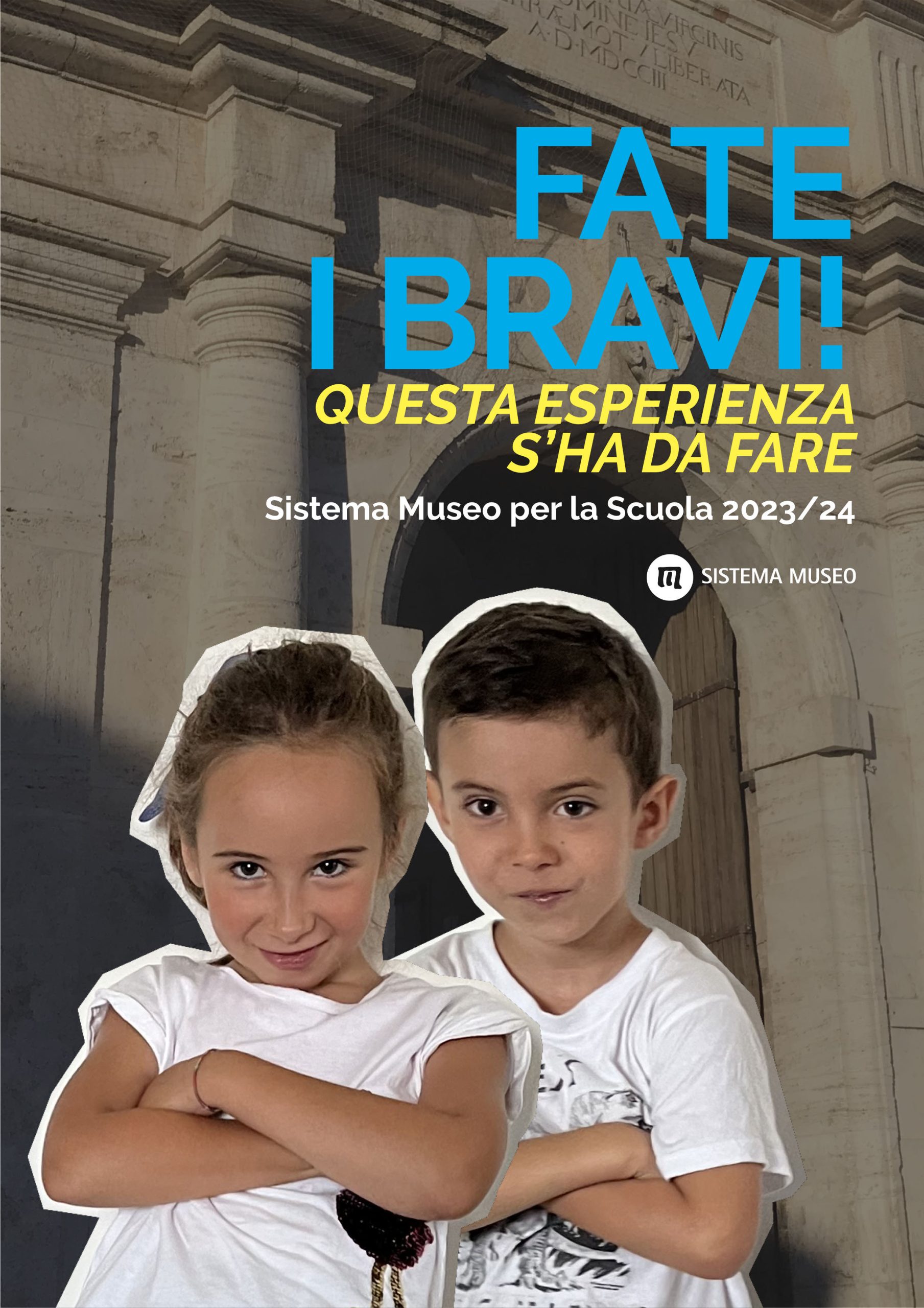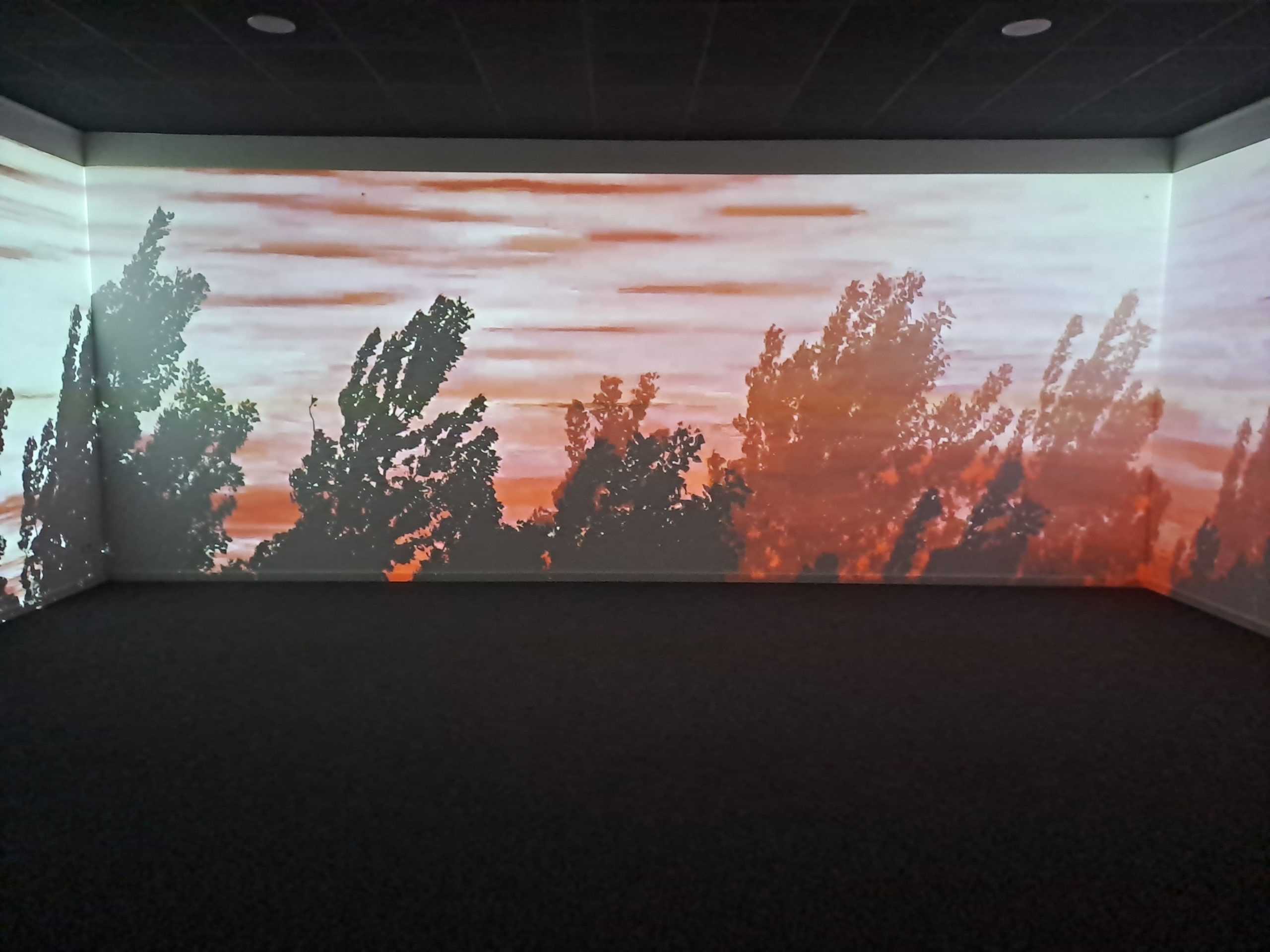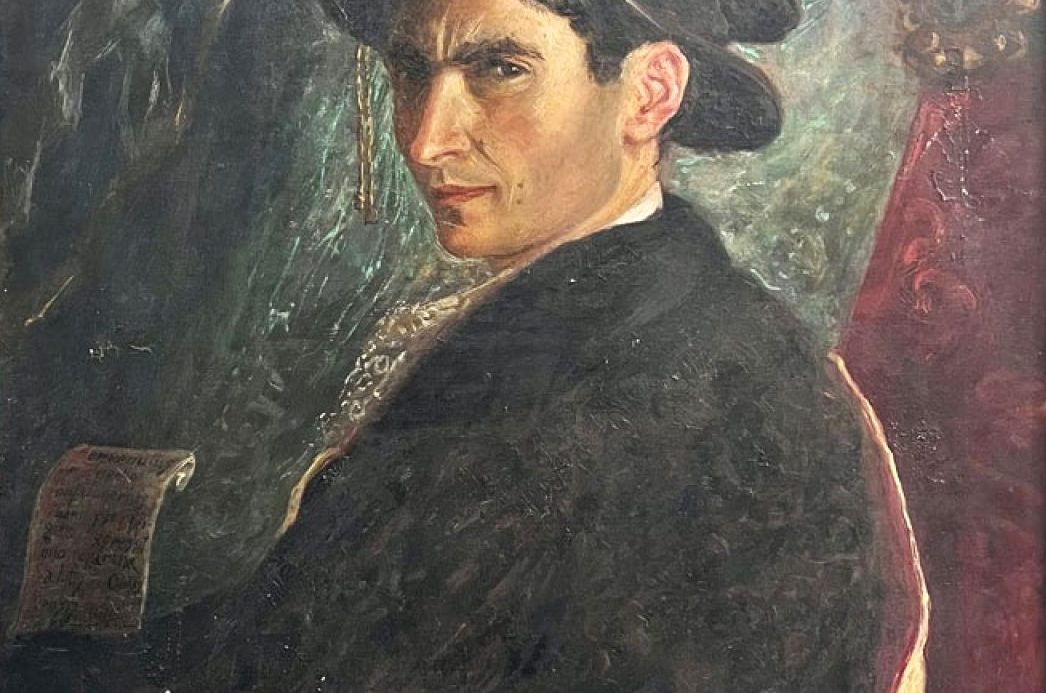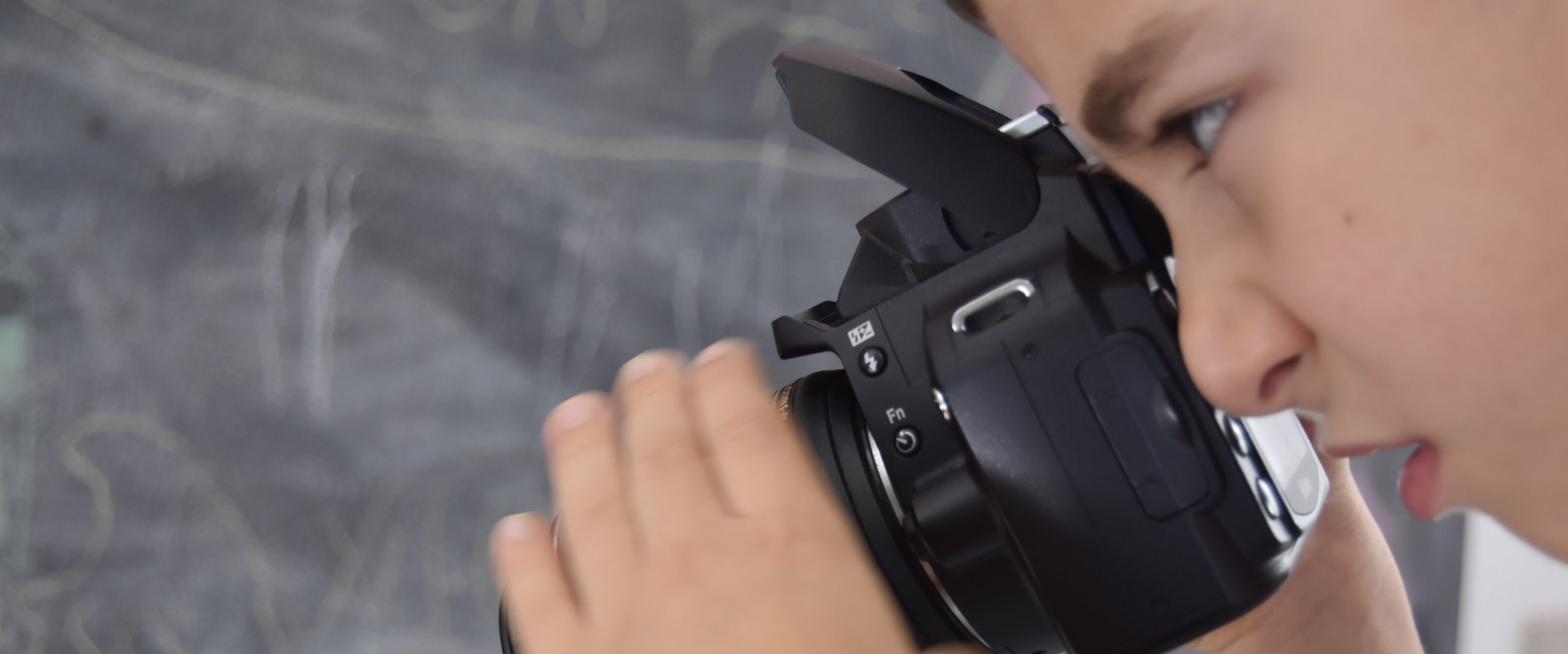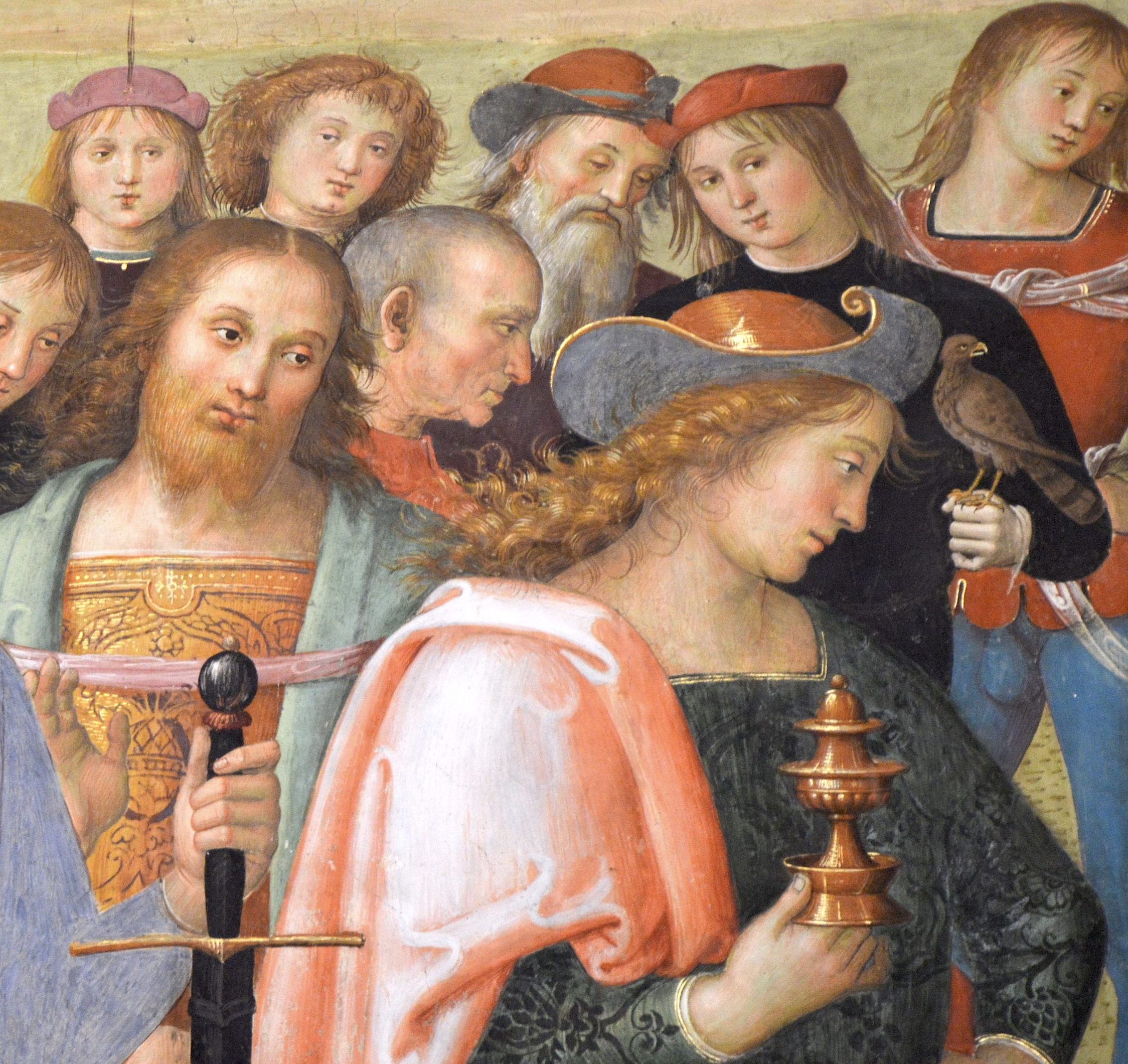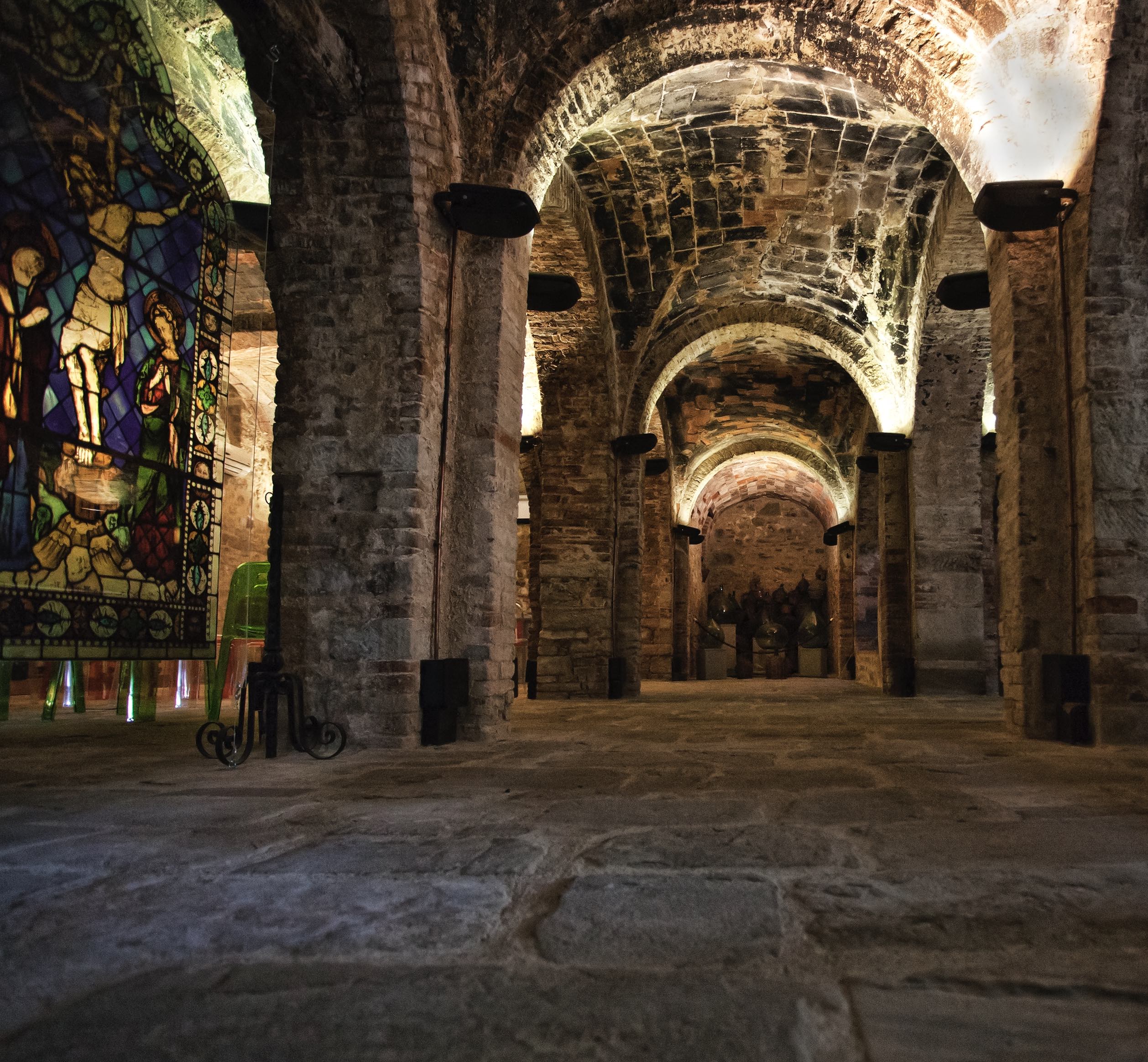MUST-SEE
CITTÀ DELLA PIEVE
1. The fresco “Adorazione dei Magi” (1504)
by the Perugino in the Oratorio of Santa Maria dei Bianchi
Made in 1504 at the behest of the Compagnia dei Bianchi, the “Adorazione dei Magi” is one of Perugino’s masterpieces, and also of the Renaissance in general. The clever usage of colors, the grace and elegance of its forms, are all part of the reason Perugino became one of the leading artists of that time.
2. Museo Civico-Diocesano
(former Church of Santa Maria dei Servi)
The treasure chest of Città della Pieve, where one of the last works of the Perugino is kept: The “Deposizione della Croce” (1517). Inside are also kept a collection of altarpieces (17th and 18th centuries) from the diocese and the etruscan findings from the Hellenistic Tomb of San Donnino, discovered in 2015, with its funerary urns and sarcophagi.
3. Palazzo della Corgna
The private residence of the Marquises Ascanio and Fulvio della Corgna, nephews of Pope Jiulius III del Monte and lords of Città della Pieve, Castiglione del Lago and of the Chiugi territory. The finely frescoed rooms are a journey through the Italian Mannerism of Pomarancio and Salvio Savini.
4. The Forno Bassini Center of Photographic Culture
The Center of Photographic Culture, located inside the skillfully restored premises of the old Forno Bassini, promotes photographic culture and local identity. Its rooms are used both as sharing and gathering areas and for exhibits and workshops, with a well stocked thematic library and a bookshop.
(photo credit: Art Tribune)
5. The Church of Santi Gervasio and Protasio
The Cathedral stands in the city center, into the very heart of Città della Pieve, at the exact same spot where the ancient parish was built during the 7th and 8th century A.D. With its Baroque style, the Cathedral treasures two altar pieces of the Perugino: the “Madonna in Gloria e Santi” and the “Battesimo di Cristo”, and various manneristic paintings.
6. The Fresco “Crocifissione” by the Jacopo di Mino del Pellicciaio (14th century) inside the Oratorio of Saint Bartholomew
This is the only available fresco from the 14th century, also known as “Pianto degli Angeli”, its distinctive feature is the color of the sky which turned copper brown from its original blue due to an oxidation reaction, conferring a unique charm to the painting.
8. The Church of San Pietro panoramic terrace, overlooking Valdichiana
This recently built terrace with a glass railing gives a very close look to the cliff over the Valdichiana, so to enjoy both the Umbrian and Tuscan landscapes at a glance. We highly recommend a visit at sunset. The Church of San Pietro is right beside the walkway, inside is the renown Perugino fresco: “Sant’Antonio Abate, tra i Santi Marcellino e Pietro l’Eremita”.
